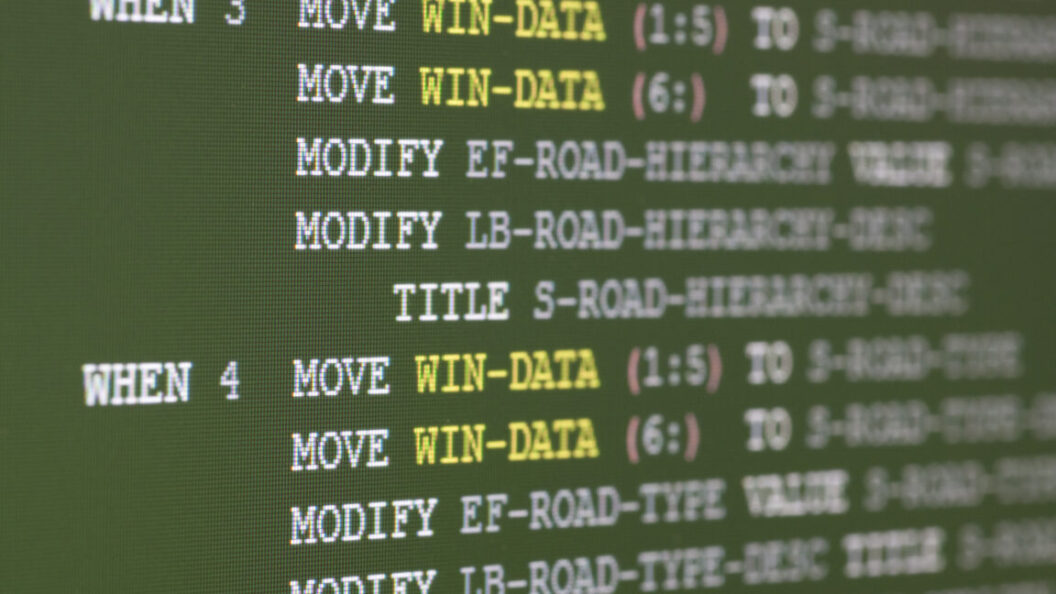Title: US Social Security Administration Faces Challenges in Modernizing Legacy COBOL Systems
Introduction: The Legacy of COBOL in Government IT
The Social Security Administration (SSA) is grappling with an urgent need for modernizing its outdated IT infrastructure, which is predominantly reliant on COBOL, a programming language developed in the 1950s. COBOL, short for Common Business-Oriented Language, was promoted by the U.S. Defense Department in its early days, leading to its widespread adoption for mainframe systems that process and manage vast amounts of data. As technology has advanced, these legacy systems have become increasingly challenging to operate, raising concerns about the reliability of critical services provided to millions of Americans.
The Scale of Legacy Code
As of 2016, the SSA’s systems contained over 60 million lines of COBOL code, with many additional lines in other obsolete programming languages. According to the agency’s Office of the Inspector General, these outdated systems have not experienced substantial upgrades since the 1980s, when the SSA implemented its internal database system known as MADAM, which is also built on COBOL and Assembler languages. The reliance on legacy code presents significant risks, as the core functionalities of the SSA—issuing social security numbers and managing payments—are heavily dependent on this aging infrastructure.
Risks Associated with System Migration
Migration from COBOL to more contemporary programming languages poses daunting challenges. Key operations are tightly interwoven with the existing code, which means even minor updates could trigger widespread failures across the SSA’s programs. Dan Hon, a principal at Very Little Gravitas, commented, “If you weren’t worried about a whole bunch of people not getting benefits or getting the wrong benefits… then sure go ahead.” His insight underscores the critical nature of ensuring uninterrupted service to beneficiaries—many of whom rely on timely payments and accurate entitlements.
Current SSA Priorities and Future Uncertainties
The SSA’s modernization efforts appear to be stalled, as recent internal communications reveal that the agency’s immediate priorities do not include the transition away from COBOL. Instead, there’s a focus on terminating non-essential contracts and exploring the integration of artificial intelligence to assist with administrative tasks. The lack of a clear timeline or strategy for code migration leaves the agency’s future IT capabilities uncertain.
The Broader Implications of IT Modernization
The SSA’s challenges reflect a broader struggle within many government agencies that utilize legacy technology frameworks. The urgency for modernization is heightened as federal systems face increasing scrutiny over reliability and efficiency. Modernizing IT infrastructure not only promises enhanced service delivery but also impacts transparency and data security for sensitive personal information. Moreover, agency operations that lag behind technological advancements could face mounting pressure from stakeholders, including beneficiaries, policymakers, and oversight bodies.
Conclusion: The Path Forward
The SSA’s reliance on COBOL serves as a critical reminder of the importance of embracing technology modernization in maintaining essential public services. As agencies like the SSA assess their future, the ongoing discussion around IT upgrades will be pivotal in shaping how they deliver services in an increasingly digital landscape. Failure to address these legacy challenges could jeopardize the integrity and efficiency of the very systems that support millions of Americans, making a robust modernization strategy not only advisable but necessary.









